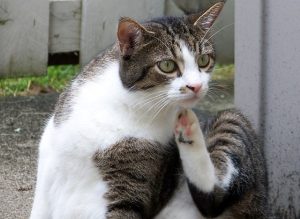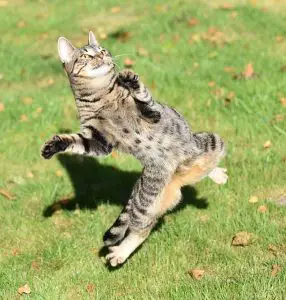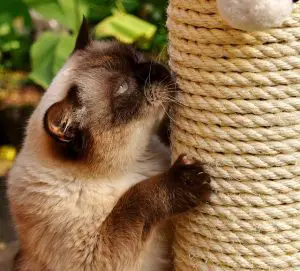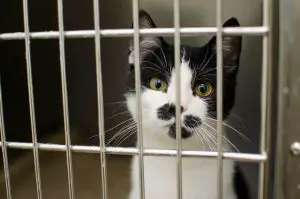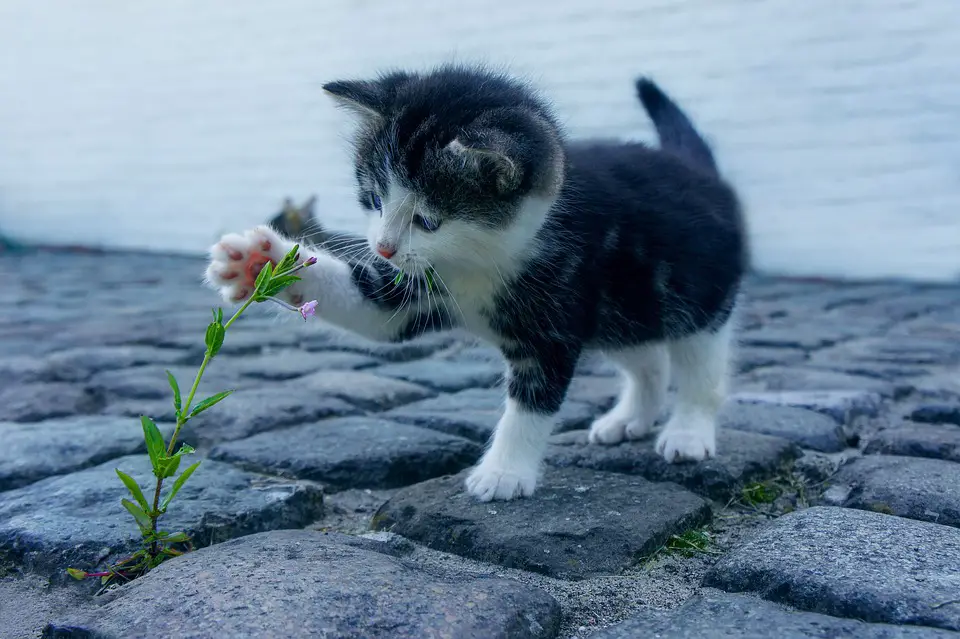
Unveiling the Joyful World of Playful Kittens: A Understanding Your Tiny Feline’s Behavior
As an adoptive pet-parent to a kitten, you may be curious about the merry, animated world of your spirited, miniature companion. Kittens’ playful behaviors aren’t just cute; they’re significant and sometimes even baffling. This comprehensive guide aims to demystify the lively universe of playful kittens and their intriguing behavioral patterns.
The Adorable Antics: Why are Kittens So Playful?
Playfulness is directly linked to a kitty’s natural instincts. It’s a way to hone their hunting skills and to experiment with being both the predatory attacker and defensive prey. Kitten play is essential for their physical, cognitive, and social development.
The Pouncing and Leaping: Understanding Kitten Hunting Play
The core of a kitten’s hunting play is characterized by pouncing, swatting, stalking, and biting – basically mimicking mature feline hunting behavior. It’s an enchanting sight when your tiny kitten play-attacks inanimate objects around the house. Although it’s adorable, remember that allowing kittens to bite or scratch human hands can lead to aggressive behavior in adulthood.
Kitten Alliances: Social Play and Bonding
Social play plays a significant role in cultivating bonds with their littermates, humans, and other pets. Playfighting among littermates is quite prevalent and helps kittens to socialize. You will notice your kitten engaging with others through a combination of body maneuvers, mouthy grabs, and vocalizations, all of which constitute this fascinating social interaction.
The Curious Chase: Toys, Laser Pointers, and Balls of Yarn
Kittens are easily entertained and very curious. Objects in motion, like a wiggling string, a rolling ball, or a laser pointer dot, irresistibly draw their attention. These chasing games stimulate curiosity and encourage physical exercise for kittens, making toys with feathers, bells, or anything that squeaks a great investment. However, laser pointers should be used with caution, as they can cause anxiety in some cats if they never “catch” the dot.
Nap Time: The Quaint Quiet After the Storm
Kittens are famous for their “witching hour” – a high energy playtime followed by a much-deserved nap. It’s important to respect their rest, as sleep plays a pivotal role in a kitten’s growth and development. It also helps to develop their immune system and contributes to their overall well-being.
Deciphering the Tail: Body Language in Kittens
A kitten’s tail is a mood barometer displaying happiness, fear, and curiosity. When the kitten is exuberantly playing, you might notice its tail lashing back and forth. In contrast, a bushy tail often signals agitation or fright. Understanding a kitty’s tail language is crucial in accurately interpreting their needs.
The Musical Mews: Kitten Vocal Communication
Kittens possess a rich vocabulary of mews, chirps, and purrs explicitly tailored to their play behavior. Rapid-fire meowing often accompanies active play, while purring generally indicates comfort and contentment. In contrast, hissing and growling are the kitten’s self-defense system and may surface during overly strenuous play.
Conclusion
Your playful kitten’s world is packed full of mystery and delight. Understanding their behavior patterns not only strengthens your bond but also enables you to provide them with a nurturing and comfortable environment for them to thrive in. So, let’s embrace the joyous world of playful kittens and their endearing antics!
